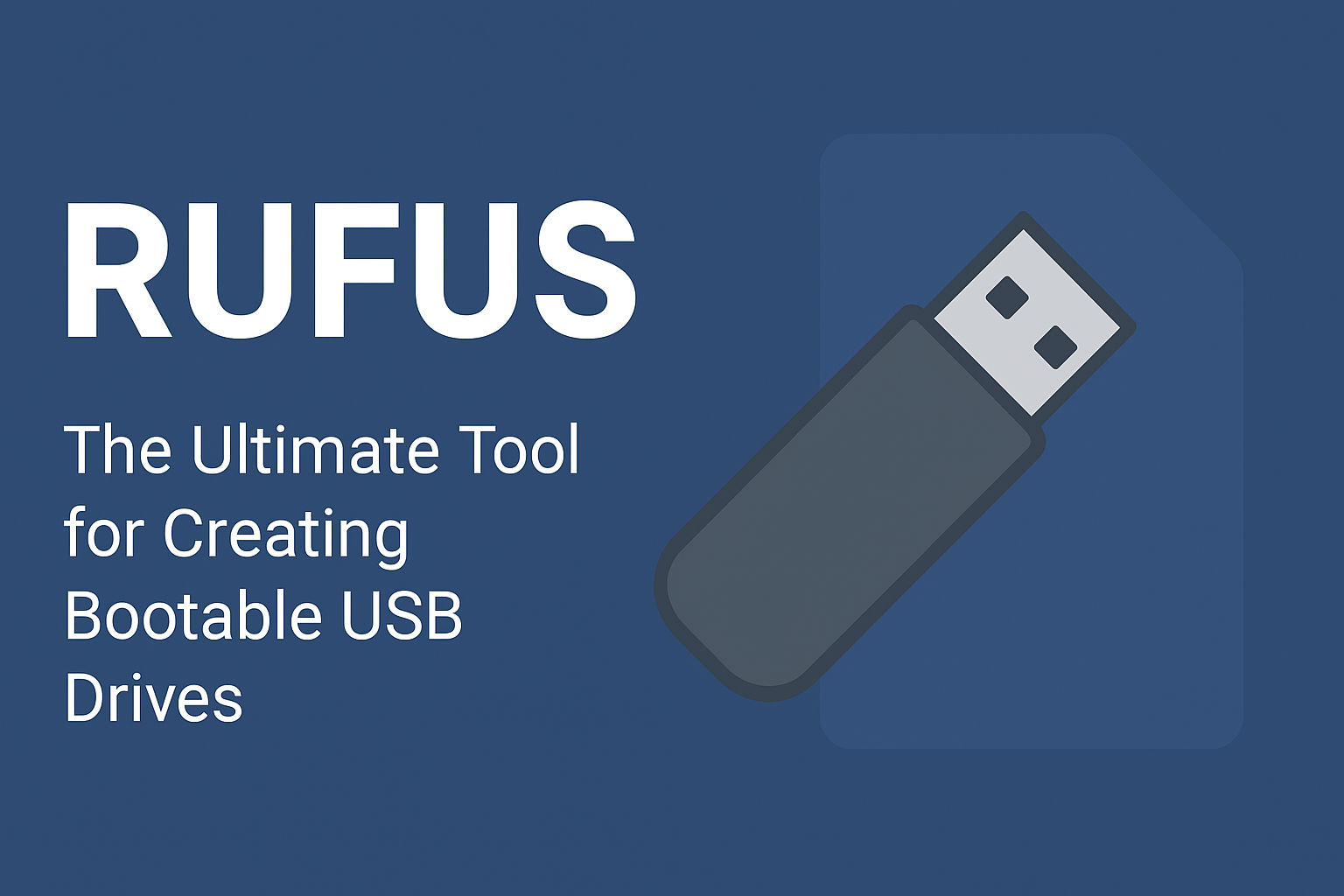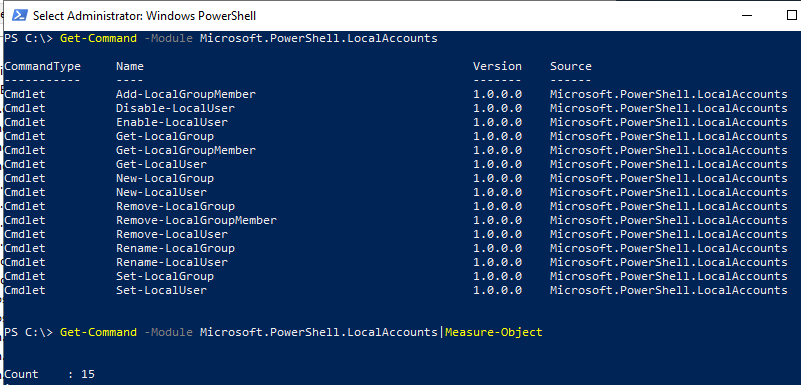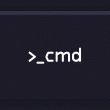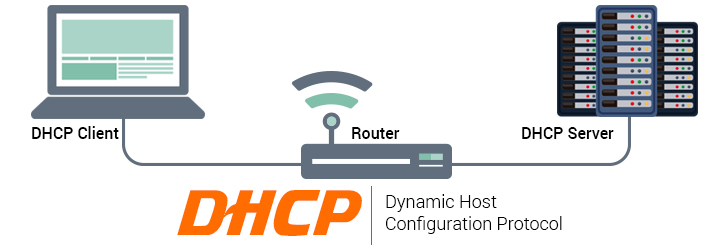Table of Contents
Introduction
Installing software on multiple computers can be a time-consuming and tedious task. PowerShell provides a powerful scripting language that can be used to automate this process. In this blog post, we will explore a PowerShell script that can be used to remotely install software on multiple computers.
PowerShell Script
The PowerShell script prompts the user for a VLAN ID or IP range, scans all computers in that range, and installs a software remotely if it is not already installed. Here is the script:
How to Use the Script
To use the script, follow these steps:
-
- Open PowerShell on a computer that has administrative access to all the computers that you want to install the software on.
-
- Copy and paste the script into PowerShell.
-
- Modify the
$vlan,$software, and$installerPathvariables to match your requirements.
- Modify the
-
- Run the script by pressing the Enter key.
The script will prompt you to enter a VLAN ID or IP range. Enter the VLAN ID or IP range that contains the computers that you want to install the software on. The script will then scan all the computers in that range and install the software remotely if it is not already installed.
If you have a list of hostnames instead of a VLAN ID or IP range, you can modify the script to read from a text file containing the hostnames. Here is the modified script:







